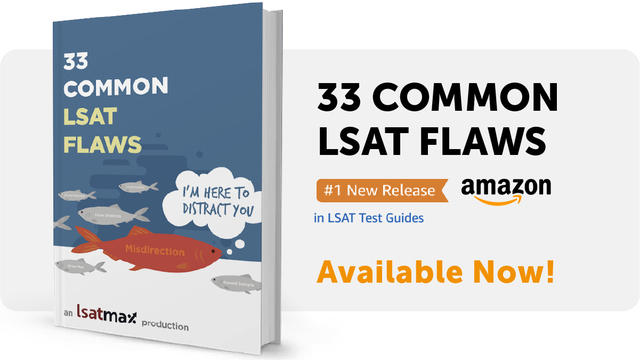Alright my LSAT prep padawans, today I want to practice making conclusions with Sufficient & Necessary statements and Quantifiers. If you stop for a moment and really think about the core of the LSAT, and truly the core of law school, it’s about looking at a set of facts and making logical connections from them. Law school is three years of ingraining the idea of logical conclusions and staying away from uneducated and illogical inferences/assumptions. Drawing conclusions is easy. You need to look at the pieces given to you by LSAC, and fit them together to see the bigger puzzle. So, let’s do what works best on the LSAT Test, practice!
I’m going to write out two sentences and then we will conclude from them together, okay?
Example #1:
All As are Bs
All Cs are As
So what can we conclude? Well, if we diagram it out like this:
A ===> B
not B ===> not A
C ===> A
not A ===> not C
We can connect the two Sufficient & Necessary statements and the two contrapositives in one long line:
C ===> A ===> B
not B ===> not A ===> not C
Therefore, we can conclude: All Cs are Bs, and/or If not B then not C.
C ===> B
not B ===> not C
Example #2:
All As are Bs
Some Bs are Cs
Okay so let’s diagram:
A ===> B
not B ===> not A
B-some-C
C-some-B
Remember that quantity statements do not have contrapositives, but we can flip the variables on a SOME statement and keep it a SOME statement.
Now, if we want to combine a Sufficient & Necessary statement with a SOME statement we need to align them so that the right-hand side variable of the SOME statement is the same as the sufficient condition of the Sufficient & Necessary statement.
Now, looking at our two statements, we can never get the right-hand side variable of the SOME statement to be the same as the sufficient condition of the Sufficient & Necessary statement. Therefore, there is actually no valid conclusion that can be drawn from these two statements. Hah! Trick question!
Stated another way, the variable we have in common here is B, but B is necessary in our Sufficient & Necessary statement so it tells us nothing else. As such, there is no valid conclusion that can be drawn here.
Example #3:
All As are Bs
Most Cs are As
Time to diagram!
A ===> B
not B ===> not A
C-most-A
A-some-C
Remember, we can switch the variables of a MOST statement and make the MOST into a SOME. Now, to combine them we merely need to arrange them like so: C-most-A ===> B (so that the right-hand side variable of the MOST statement is the same as the sufficient condition of the Sufficient & Necessary statement). We can, therefore, conclude C-most-B.
Stated another way, the variable we have in common here is A and A is sufficient in our Sufficient & Necessary statement so the existence of A allows us to conclude the existence of B. As such, unlike the previous example, there is a valid conclusion that can be drawn here.
Easy right? Hope that was helpful! Now get back to your LSAT prep!
Happy Studying!











